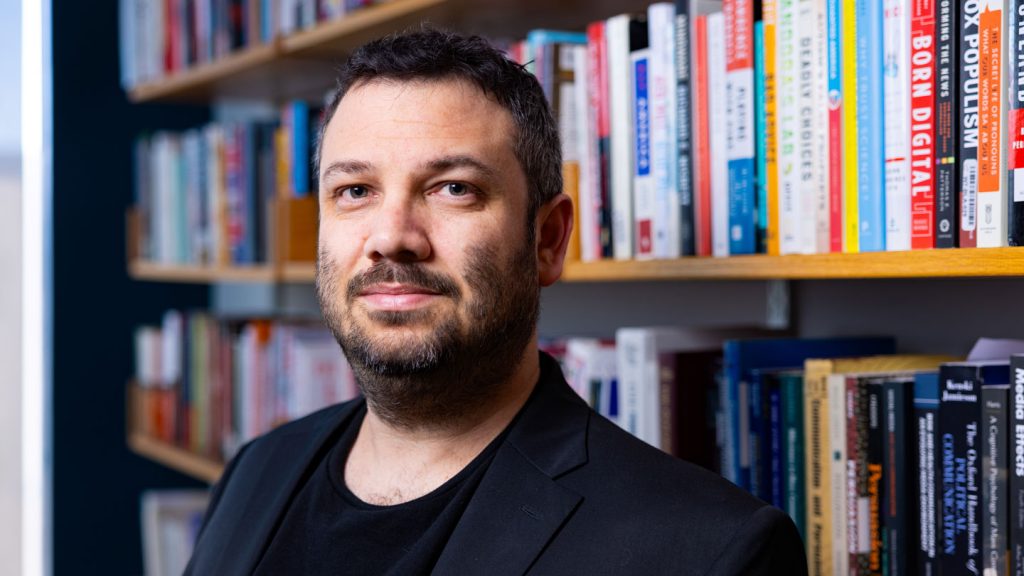Yotam Ophir, a communications researcher, first formulated a theory based on similarities in the communication tactics employed by TV stars and terrorists after watching YouTube videos by members of a violent terrorist organization. His theory was well-received, leading to the publication of his first academic paper in March 2012. Since then, Ophir has delved into how various people in different fields communicate with broader audiences, focusing on the impact of misinformation in areas such as health, science, and politics. His work aims to bridge the gap between humans and the acceptance of evidence, especially amid the prevalence of misinformation.
While initially aiming to pursue a career in music, Ophir’s interest in mass communications was piqued during his freshman year at the University of Haifa after witnessing the media’s portrayal of Jessica Lynch’s rescue during the Iraq war. This event sparked his curiosity in understanding media influence and how fictional characters can shape people’s beliefs. His research journey led him to study the media coverage of epidemics, prompted by the Ebola outbreak in 2014, where he observed discrepancies between how Ebola spread scientifically and how it was sensationalized in the media.
Ophir’s research on media coverage of epidemics revealed patterns in news stories about outbreaks such as H1N1, Ebola, and Zika, indicating themes like medical science explanations, organizational responses, and economic disruptions dominated coverage. However, few articles provided practical information on reducing disease transmission risks, highlighting a communication gap. Ophir’s analysis signified the U.S.’s lack of readiness in communicating about infectious disease outbreaks, a concern he raised before the COVID-19 pandemic.
In recent years, Ophir’s research has broadened to include the study of political polarization in nonpolitical spaces and the early identification of fringe ideas on extremist websites. Collaborating with researchers to develop a survey measuring public perceptions of science and scientists, Ophir found that political ideology influenced funding preferences, with conservatives less likely to support funding if they perceived scientists as biased. This work culminated in a predictive model to assess communication gaps between science’s presentation and public perception, crucial for addressing today’s challenges such as climate change.
Ophir’s dedication to understanding communication dynamics in various contexts, from epidemics to political biases, serves as a cornerstone for bridging the gap between evidence and public acceptance. By employing predictive models and data analysis, Ophir aims to enhance communication strategies to effectively inform and persuade audiences, crucial in addressing misinformation and fostering a better understanding of complex issues in society. His research underscores the importance of clear and accurate communication in navigating the ever-evolving media landscape and shaping public discourse.


